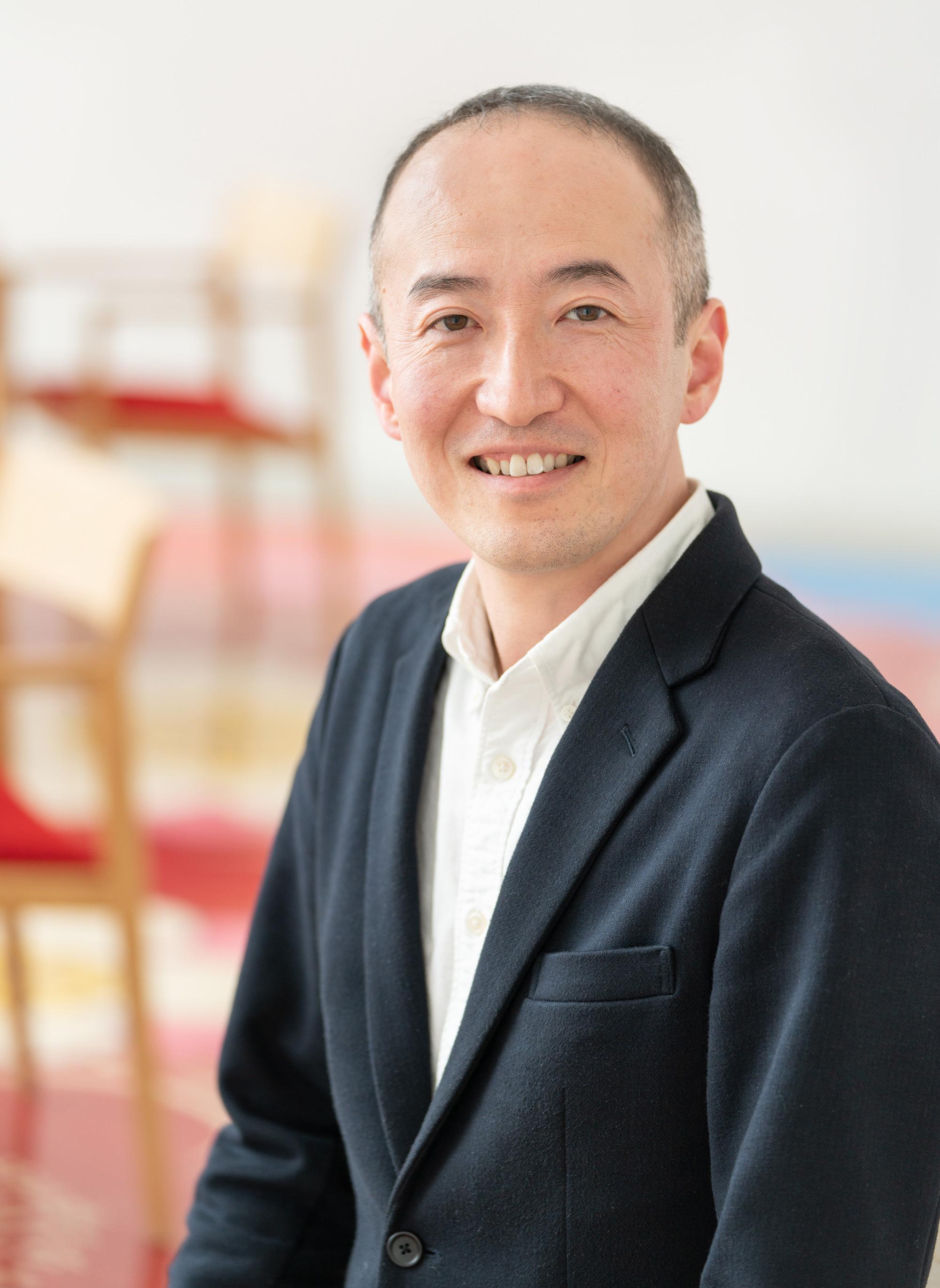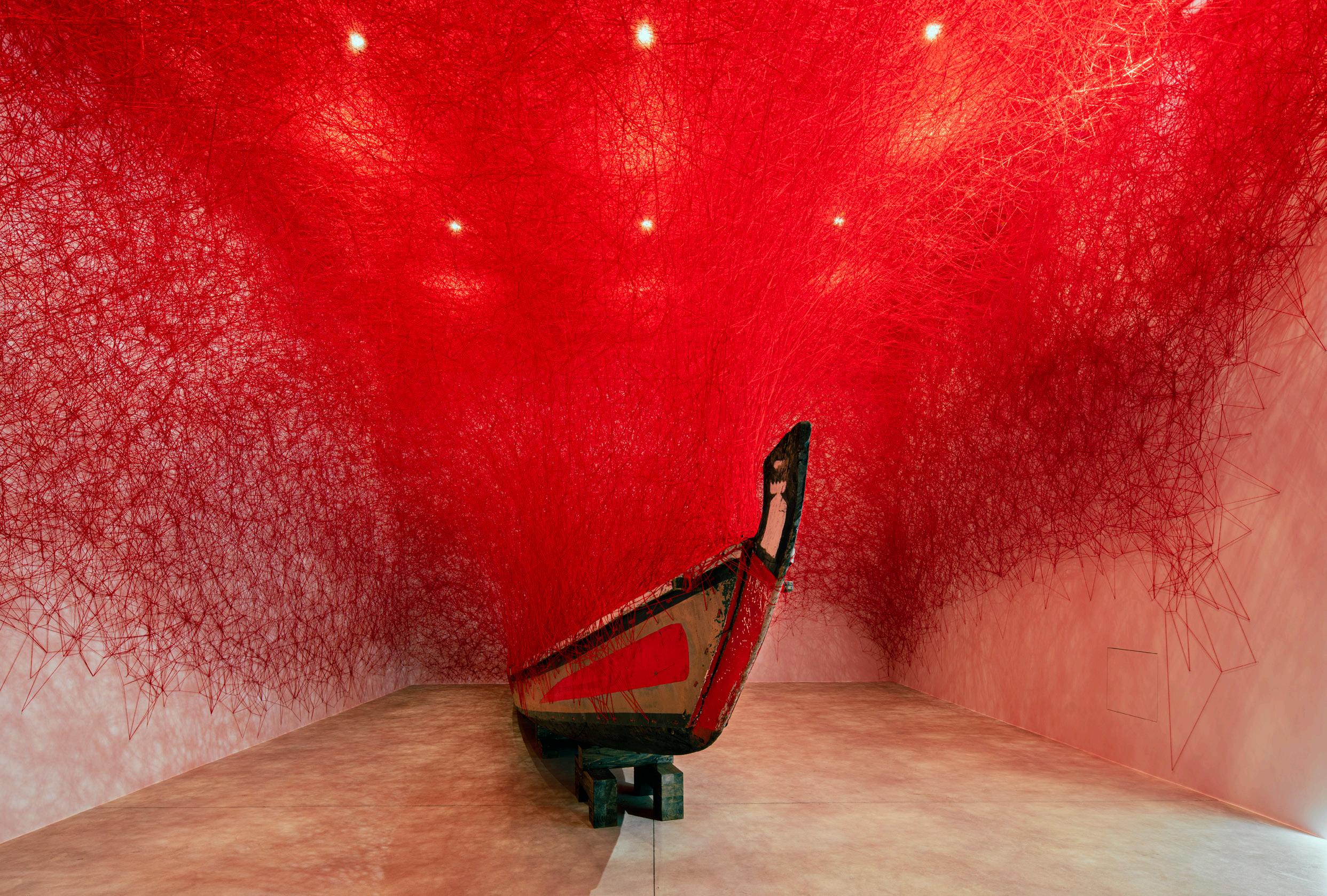
1 minute read
東京都現代美術館で 生まれたキュレーターへの憧れ

Art Loans: A Key to Protecting and Spicing Up the Museum
Advertisement
As with the 21st Century Museum of Contemporary Art in Kanazawa, the Towada Art Center is also a regional museum that specialises in contemporary art. Washida immediately accepted the offer of becoming the director there, eager to put his previous experience to good use as well as to contribute to the formation of culture and the long-term preservation of artworks. Since then, working as the director has opened up his eyes to new ideas from the perspective of a manager.
“When I was a curator, I considered my job to be connecting the artists’ works with their audience. Now, as a director, I see that the curator’s job is to connect four sides: the artist, the audience, the funders, and the staff.”
From a management point of view, he launched a new programme of artwork loans in April 2021 in order to put together fruitful collections under a limited budget.
In public museums in Japan, including the Towada Art Center, the ownership of the artworks in their collections belongs to governing bodies such as the city or the country that established the musuem. But with the loans system, collectors can lend their artworks to the museum long-term while still retaining their ownership. The museum can borrow artworks by the year, or even almost indefinitely, and exhibit them in permanent collections or special exhibitions.
By utilising the artwork loans system, the museum can collect artworks and cultural artifacts without spending money on purchasing the items. Collectors also benefit from having the artworks managed and preserved at no cost, as well as contributing to society by sharing the art with many people and making them useful for researchers.
“This way, we can flesh out a collection even with a limited budget, and I hope to share many artworks with many people,” says Washida.
Washida explains that the loan system also helps to maintain the independence of the museum. Some contemporary artworks have a clear political element, and if the museum’s management depends on a certain governing body, there is a risk that the political statements may be restricted. In such a situation, the museum’s original purpose of offering a space where people can come into contact with diverse expressions is jeopardised. Therefore, Washida believes that it is crucial to decentralise the stakeholders and people who hold up the museum.
“In the present day, when population decline is considered a certainty, I think museums in Japan will also have no choice but to turn to a system in which civilian and governmental powers will work together to support the museum infrastructure. In this context, I believe forming a relationship between private collectors and museums through the loan system is moving in the right direction.”







